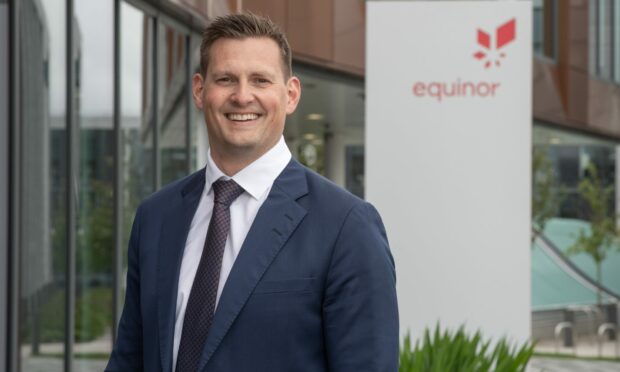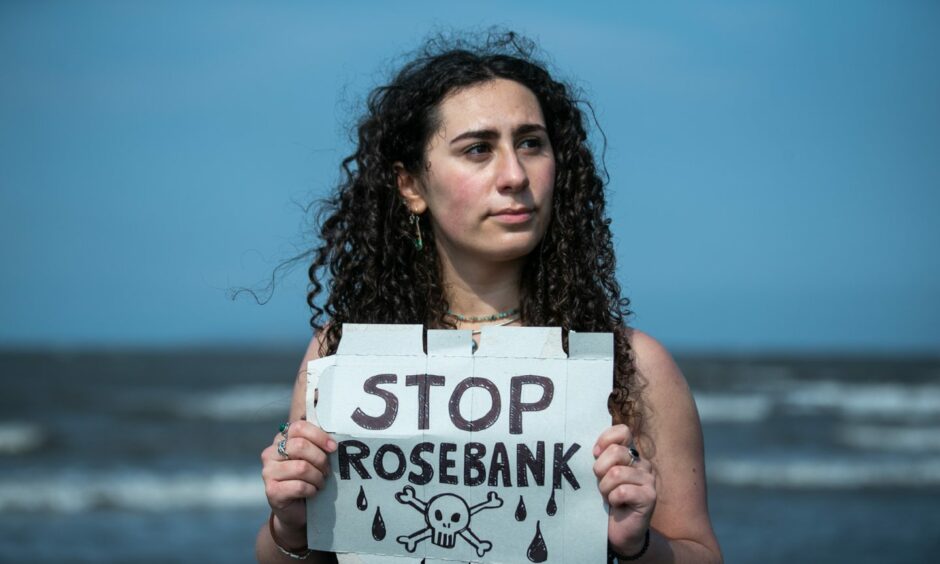Norwegian energy giant Equinor has said it is “not tone deaf” to opposition to its newly approved Rosebank plans or calls to cease all new oil and gas projects.
The green light for Rosebank, 80 miles north-west of Shetland, comes just a day after the International Energy Agency (IEA) called for no new “long-lead” fossil fuel developments in order for the world to hit net-zero targets.
Rosebank is expected to produce oil through to 2051.
Today, along with our partner, we have announced the final investment decision to progress Phase 1 of the Rosebank development on the UK Continental Shelf.https://t.co/ywjTDvQaQx
— Equinor UK (@Equinor_UK) September 27, 2023
Electrification of the field, aimed at driving down emissions, will not take place for years after first oil, Equinor confirmed.
Arne Gurtner, UK senior vice-president for the firm, added: “The total emissions in society and in the UK are, of course, governed by the demand side of the picture.
“In that sense we are not tone deaf. We are a net-zero company, have committed to net-zero targets and are working really hard to decarbonise.
As long as society needs and demands oil and gas, Equinor will be there to produce that oil and gas.”
Arne Gurtner, Equinor
“When it comes to the IEA and new oil and gas projects, we totally recognise that oil and gas demand will fall, and has to fall, during the transition,
“But as long as society needs and demands oil and gas, Equinor will be there to produce that oil and gas with the lowest production emissions possible.”
Environmental lobby groups predictably reacted with fury to the North Sea Transition Authority approving Rosebank.
Proposals for the development led to numerous protests in Aberdeen and London.
Uplift, which has threatened legal action, said: “By approving Rosebank, Rishi Sunak has confirmed he couldn’t care less about climate change. As we’ve heard repeatedly, our world can no longer sustain new oil and gas drilling.
“And when we’re witnessing scorching temperatures, wildfires, devastating flooding and heatwaves in our seas, it could not be clearer that this is a decision by the prime minister to add more fuel to the fire.”
Emissions
Rosebank is targeting first oil in 2026-27, however, 2030 is the “earliest” electrification can be achieved.
A proposed electrification project does not just cover Rosebank but also the huge BP Clair oilfield and Ithaca Energy’s Cambo development.
According to Equinor, with Rosebank electrified, it will have emissions of less than seven pounds of CO2 per barrel, “one of the lowest ever CO2 footprints” in UK waters, compared with a sector average of 44lbs.
If it isn’t electrified, Rosebank will emit four times as much, nearly 26.5lbs of CO2 per barrel of oil produced.
Industry aims to slash carbon emissions by 50% this decade
The UK oil and gas industry is committed to cutting its emissions by 50% by 2030, against a 2018 baseline. Electrification is seen as a crucial lever in achieving this.
Mr Gurtner said: “Production emissions and the reduction of those matter most after the field has produced for a while. That’s where the effect of electrification kicks in.”
Equinor and field partner Ithaca Energy will together invest more than £3.1 billion in the project targeting 300 million barrels of oil in two phases.


Conversation